Mardin Turkey ancient treasure trove
Mardin, a city nestled in the southeast of Turkey, unfolds its rich tapestry of history as donkeys leisurely traverse narrow streets, occasionally surprising tourists with their sudden brays.

Amidst the ancient stone walls, conversations echo in a symphony of Arabic, Syriac, Armenian, Kurdish, Torani, Turkish, and Aramaic—a language once spoken by Jesus. Mardin, with its shimmering white gold buildings, stands as a testament to thousands of years of human civilization, perched on a hill overlooking the plains that stretch toward contemporary Syria.
But Mardin's story goes beyond its picturesque landscapes; it is a city where history whispers in every breeze, a place where civilizations have risen and fallen like the undulating hills that surround it.
History of Mardin
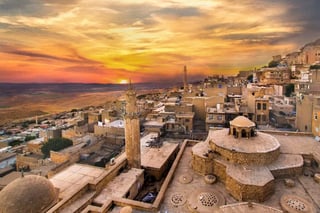
The city's origins trace back to Mesopotamia, the cradle of civilization between the Euphrates and Tigris rivers. Mardin, like a seasoned storyteller, recounts tales of ownership, passing through the hands of Nabataean Arabs, Syriac Christians,Romans, Byzantines, Seljuk Turks, Artuqid Turkomans, and Mongols, to finally find itself under the rule of Ottoman Sultan Selim the Grim in 1517. Remarkably, even then, a Christian population still called Mardin home, leaving an indelible mark on the city's identity.
Ethnic Background of Mardin
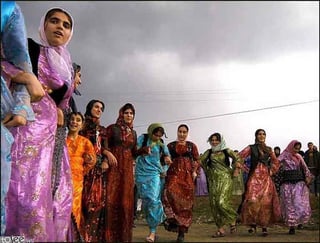
Wandering through the streets, the diversity of Mardin's ethnic and religious background comes to life. Kırklar Kilisesi, or Mor Behnam, a Syriac Orthodox church dating back to 569 C.E., stands as an architectural testament to more than 700 years of Aramaic Christian tradition. Nearby, the Mardin Protestant Church, built over 150 years ago, boasts an active congregation today. Shop windows adorned with depictions of Shahmaran—a mythical creature, half-snake and half-woman, believed to have resided in Mardin—add a touch of mysticism to the city's ambiance.
Mardin’s Exemplary Architecture
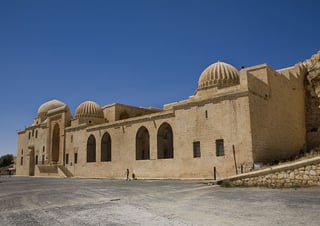
The architectural wonders of Mardin unfold as one traverses its streets. The Abdullatif Mosque, constructed in 1371, showcases intricate carvings, providing a stark contrast to the austerity of nearby churches.
Zinciriye Medresesi, a religious school dating back to 1385, boasts exquisite masonry, with a small mosque within its grounds displaying an ornately carved mihrab niche. Even the post office, converted from a private home designed by Armenian architect Sarkis Elyas Lole in 1890, became famous as the setting for the Turkish miniseries "Sıla" in the early 2000s.
Sakıp Sabancı Mardin City Museum
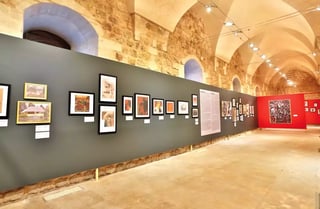
The city's historical gems extend beyond the architectural realm. The Sakıp Sabancı Mardin City Museum, housed in the 1889 cavalry barracks designed by Sarkis Elyas Lole, offers a glimpse into daily life in Mardin through lifelike tableaux and contemporary exhibitions. The Mardin Museum, located in the former Assyrian Catholic Patriarchate from 1895, showcases artifacts from Mesopotamia, Assyria, Roman mosaics, and Ottoman objects.
Deyrulzafaran Monastery
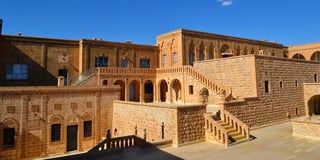
Venturing beyond the city limits, the Deyrulzafaran monastery, the original seat of the Syriac Orthodox Patriarchate, stands as a majestic complex with a history intertwined with the worship of the sun. Despite destruction and looting throughout history, the original underground sanctuary still exists, allowing visitors a glimpse into centuries-old religious practices.
Dara

Further afield, the archaeological site of Dara, an East Roman military city, reveals a city rich in history and conflicts. Ongoing excavations since 1986 have unearthed numerous artifacts, including an olive workshop dating back to the sixth century. The city's underground cisterns, remnants of Mesopotamia's original irrigation system, are open to the public, each with its own stories and legends.
Returning to Mardin, the ancient fortress, once known as Marida during the Roman period, crowns the city, offering breathtaking views to those willing to make the climb. The locals speak of its significance during the Roman era, a word echoing an ancient Neo-Aramaic meaning—fortress. While the castle may not be open to the public, the effort seems worthwhile for the promise of unparalleled views.
To Conclude
In the heart of Mardin, a multicultural blend of Assyrian winemakers preserves ancient traditions, producing wines unique to the region. It's a fitting tribute to the city's diverse heritage—a multicultural mix that has endured through the ages. As the sun sets over Mardin, casting a warm glow on its white gold buildings and ancient stones, the city stands as a living testament to the resilience of human civilization, where undetectable echoes of the past resonate through every cobblestone street and historic structure.
